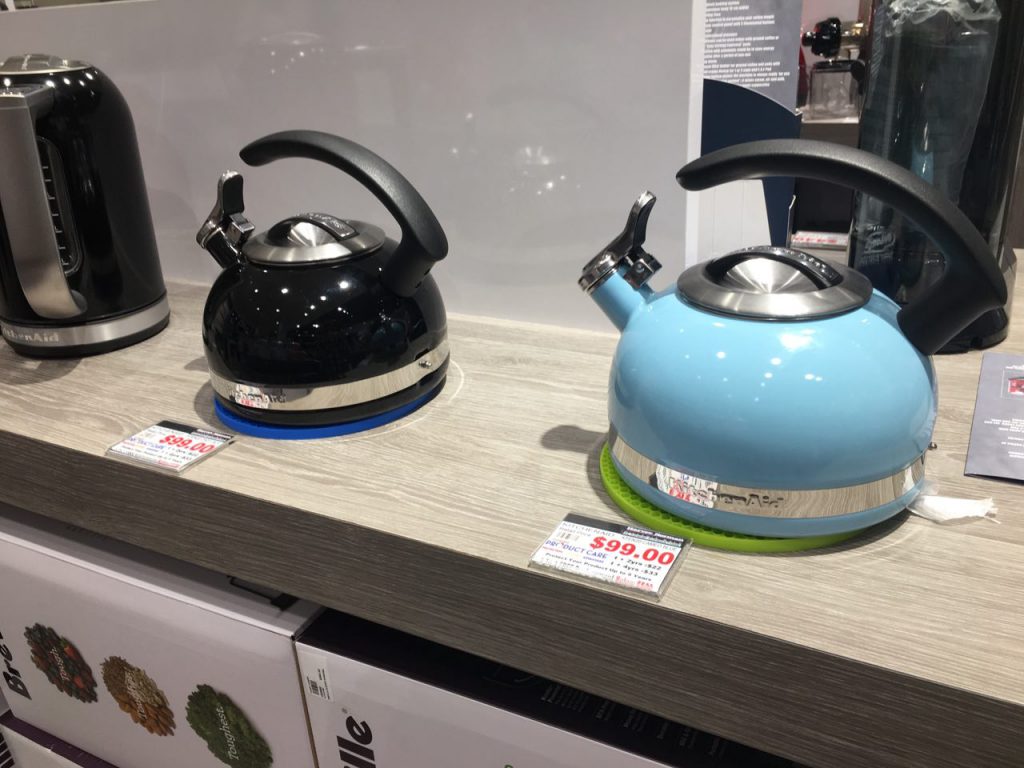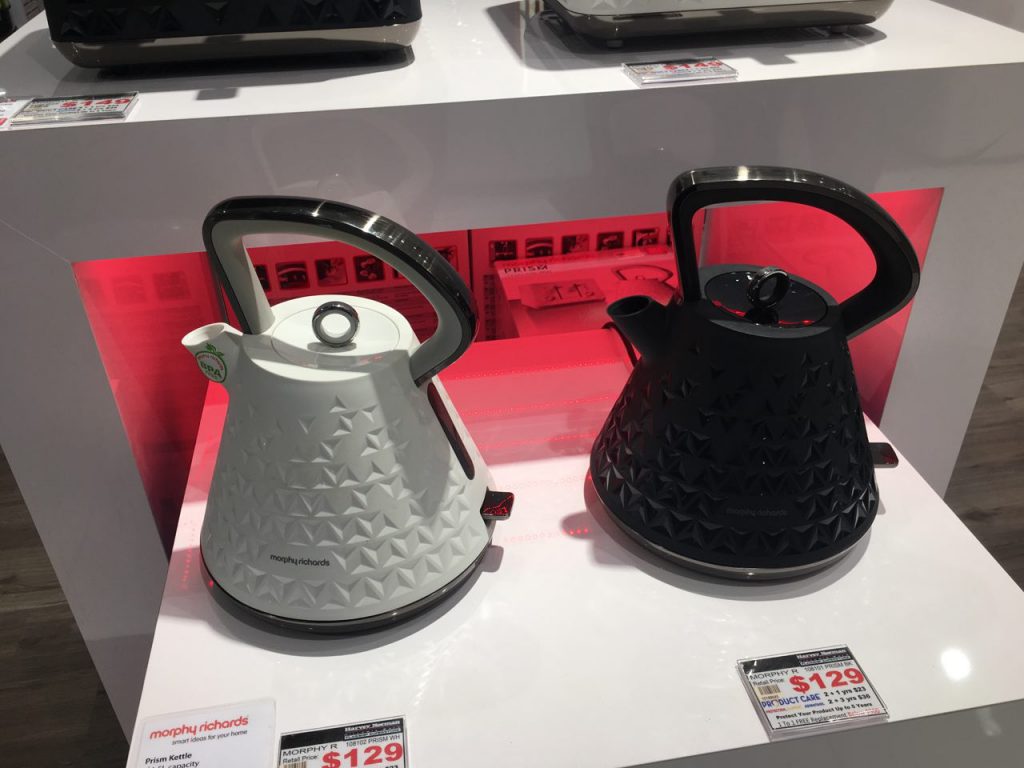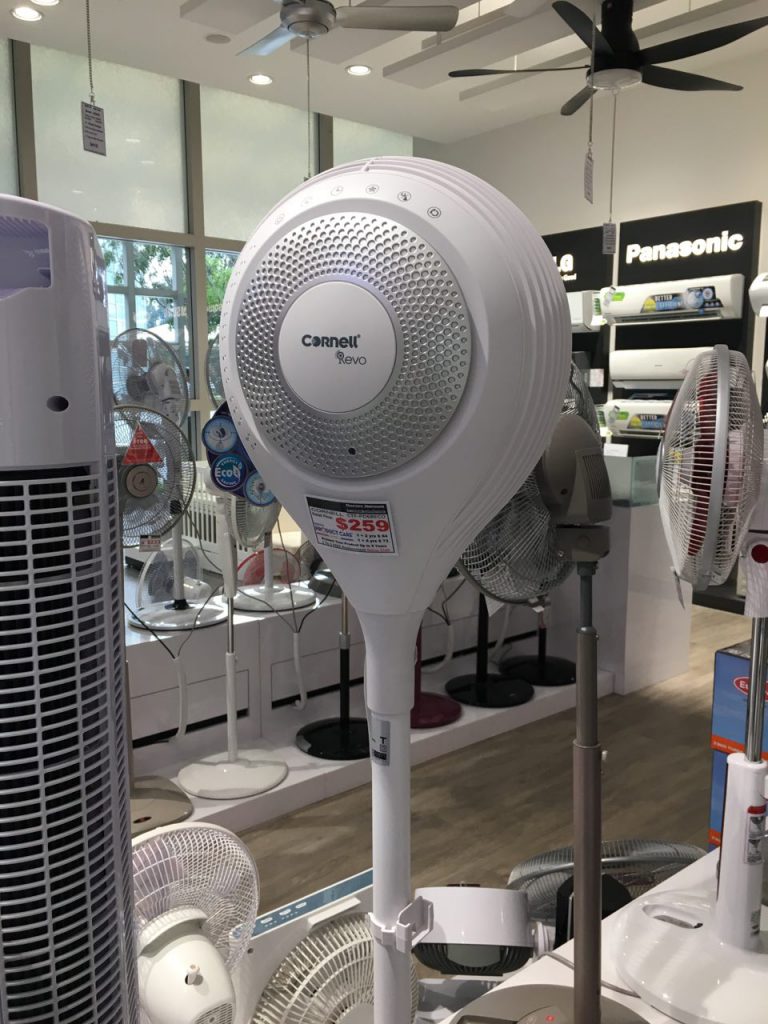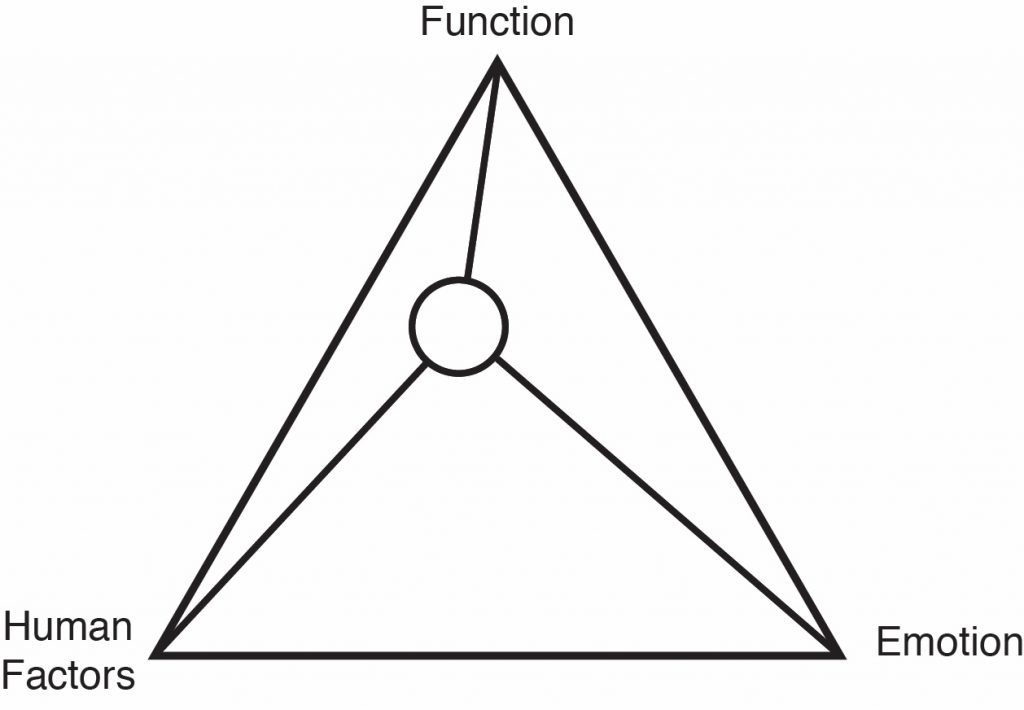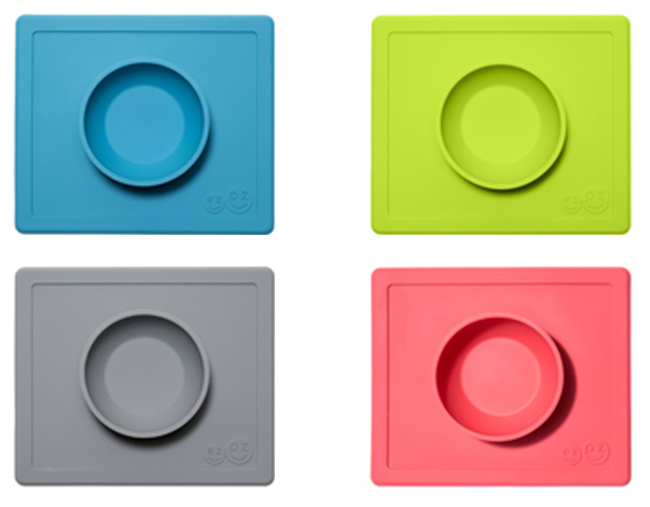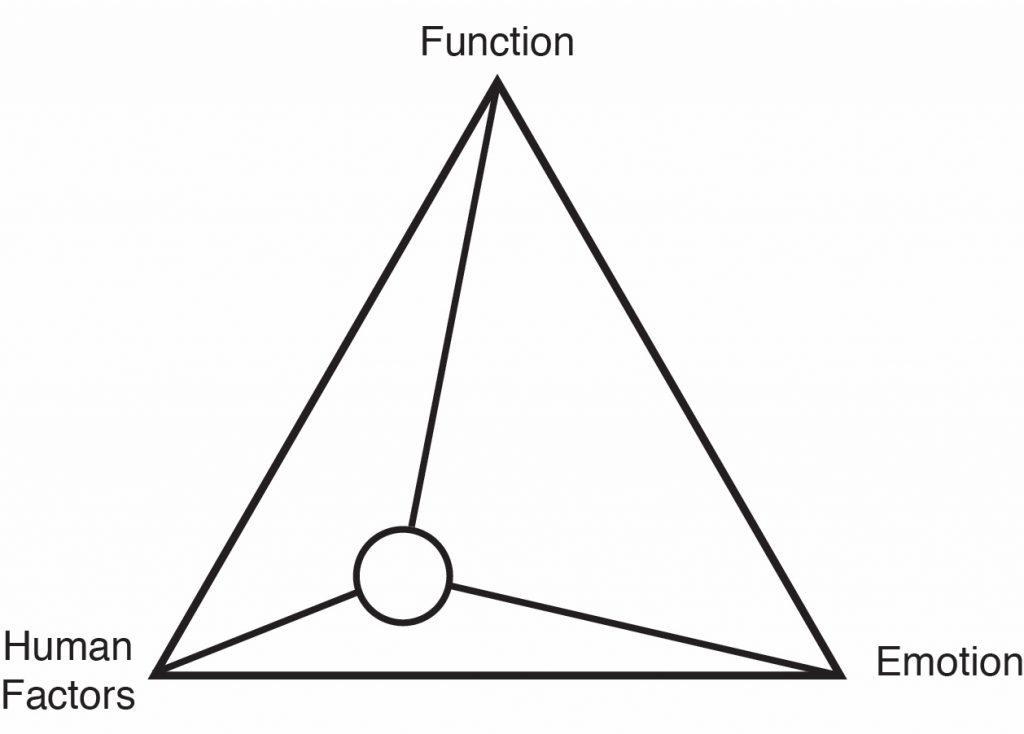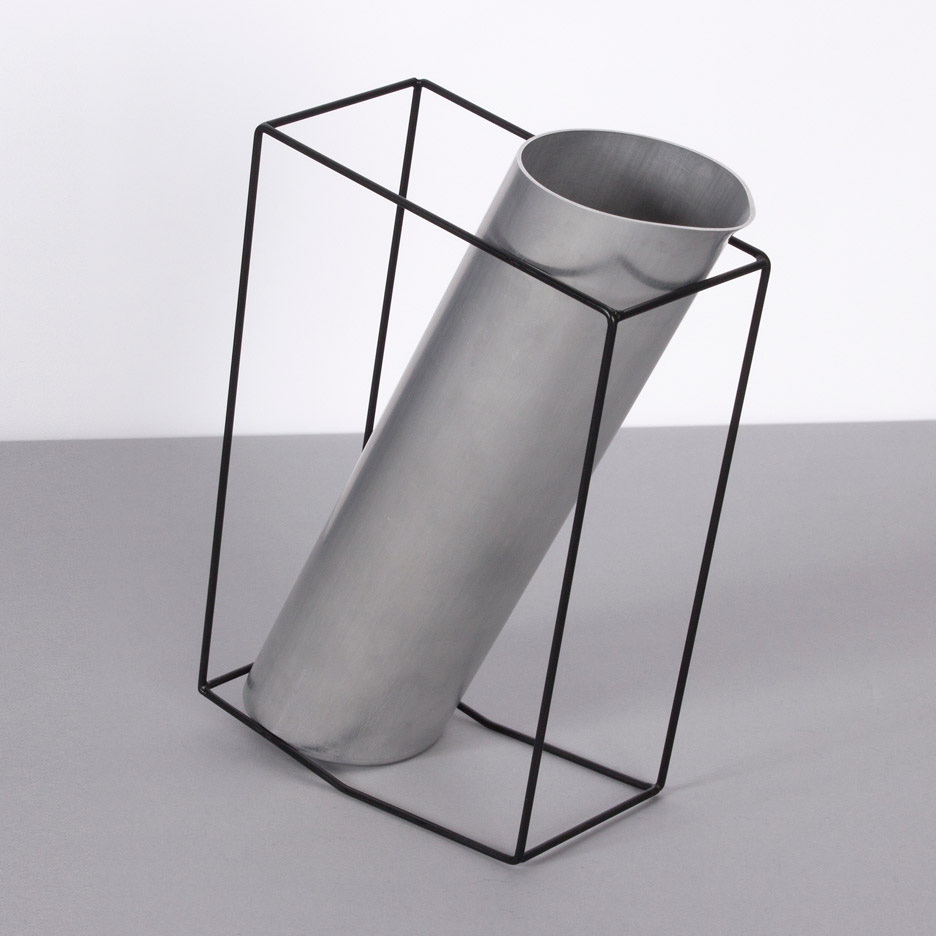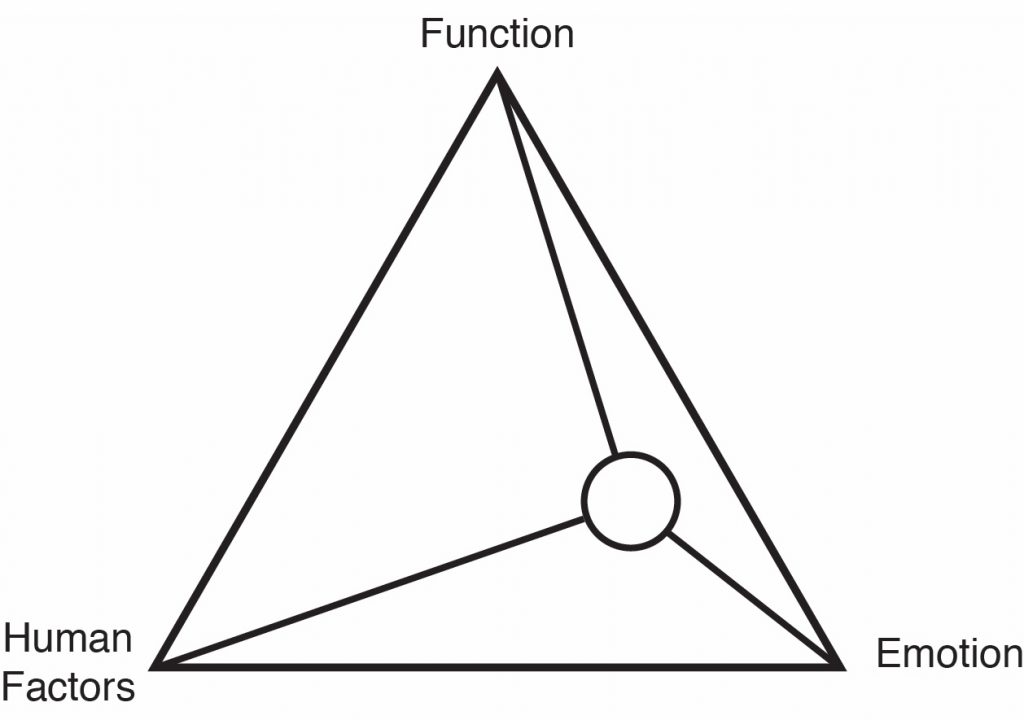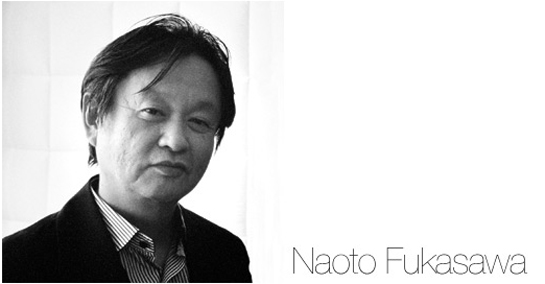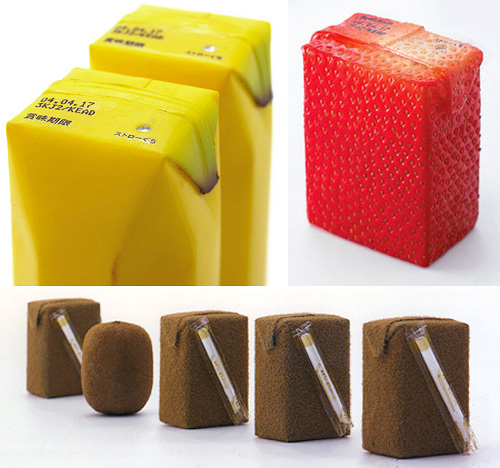Comparison of 2 similar products – kettles
During my trip to Harvey Norman, I was very attracted by the different shapes and colours of different products. Especially the range of products that were in pastel colours, definitely an eye-catcher.
For this post, i will be comparing 2 kettles from 2 brands – Morphy Richards and Kitchen Aid
Both kettles has the same function of boiling water.
However, the differences in forms and certain details gave both products a different personality.
- Shape
Both products have a very different shape (form). The one from KitchenAid is more bulbous whereas the one from Morphy Richards adopted a more trapezoidal shape with triangular indentations on the body of the kettle.
Both forms are very inviting for people to touch it due to its shape or the indentations. The one from KitchenAid gives people a more casual and everyday life kind of kettle feel. But for the one from Morphy Richards, it gives people a sense of distance, feels like something more high end, more elaborated due to its height and indentations.
- Colour
Both brands carries more than 1 colour for respective kettles mentioned above.
As shown in the pictures, the one from KitchenAid carries black and sky blue colour whereas the one from Morphy Richards carries black and white. There are more colours that were not shown on display too. The available of different colours will be able to appeal to a wider group of consumers if they have different taste and preferences. One of the similarity for both products will be the choice of colours available. The colours available are all towards the more vibrant side, for instance, lime green or orange.
- Details
Looking at both products, it will be easy to realise that one of the difference on detailing will be the thumb-press spout on the kettle from KitchenAid.
This additional detail promises a sense of security towards the consumers. This could also be the deciding factor of consumers.
Both products from both brands have simple functions and detailing. Making it easy for consumers to understand and use.
Conclusion
From this trip, i was exposed to a wide varieties of products that comes in various forms, colours and even functions. It can be noticeable that the trend now seems to be bringing consumers down the memory lane – the revival of pastel colours, leathery textures and also simplicity. On the other side, there are also a group of products that are taking on a more rustic feel, with the use of olive green with brown etc.
Lastly, I would like to share one of the product that interests me the most.
This fan caught my attention from a distance, it just looked like a pin-point on the map. The whole shape of it looks really unique, it really stood out from the numerous fans around it. However, it’s a little top heavy so a little nudge will cause it to sway. And… I still don’t understand why the wind comes out from one side and not the front 😮 Overall, still an interesting design!
